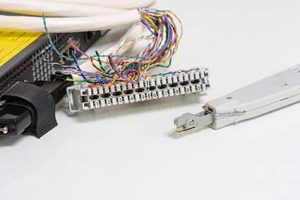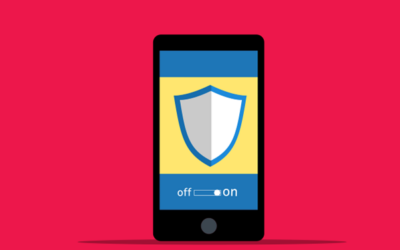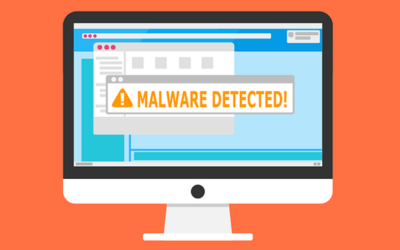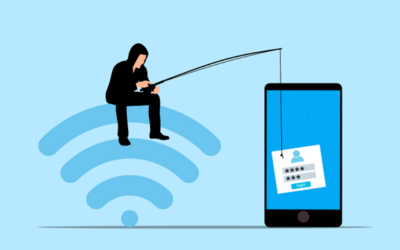 As a business owner, you are constantly looking for ways to cut costs and re-prioritize your spending. With all the services you manage (merchant services, shipping services, payroll services, etc. It is understandable that you haven’t mastered the knowledge of each industry. Maybe you’ve heard of SIP trunking, and perhaps a friend of yours saves money by using it with his business. However, you’d like to know more about how it works before you contact providers.
As a business owner, you are constantly looking for ways to cut costs and re-prioritize your spending. With all the services you manage (merchant services, shipping services, payroll services, etc. It is understandable that you haven’t mastered the knowledge of each industry. Maybe you’ve heard of SIP trunking, and perhaps a friend of yours saves money by using it with his business. However, you’d like to know more about how it works before you contact providers.
Conventional analog phone lines have dominated business communication for a century. Long-distance and international calls can cost a fortune. The fact that a traditional copper-based phone line can only handle one call at a time means you’re constantly investing in a new “trunk” every time you need to add call capacity.
By allowing you to make calls over the Internet, VoIP can reduce the costs of long-distance calls while making it far easier to scale up the number of calls you need to make at once.
Types of SIP Trunks
A SIP trunk is the virtual version of an analog phone line. A SIP provider can connect one, two, or twenty channels to your PBX using SIP trunks, allowing you to make local long-distance and international calls over the Internet. For example, suppose you have an on-premises PBX in your office. In that case, a SIP trunk provider can connect to you and allow you to make outbound calls on your existing system without restrictions on the number of concurrent calls.
Metered SIP trunking is delivered and charged on usage so that each minute will incur a charge. Metered trunking is very flexible in that there are no limitations to the number of concurrent calls. The payment amount is for each minute of each call. Metered services allow businesses the flexibility to dynamically add calls and pay for the additional usage.
Channelized SIP trunking is a prepaid option that provides unlimited inbound and outbound local and long-distance calls per channel/call basis. Each Channel provides the ability to make or receive a single call. Once you have filled all of your channels, you will be unable to make or receive additional calls. You can always add channels for more capacity by contacting your provider. This type of SIP trunking service allows businesses to budget their telecom spending easily and is similar in handling copper phone lines.
Click here to learn more about our VoIP and Unified Communications services.

































